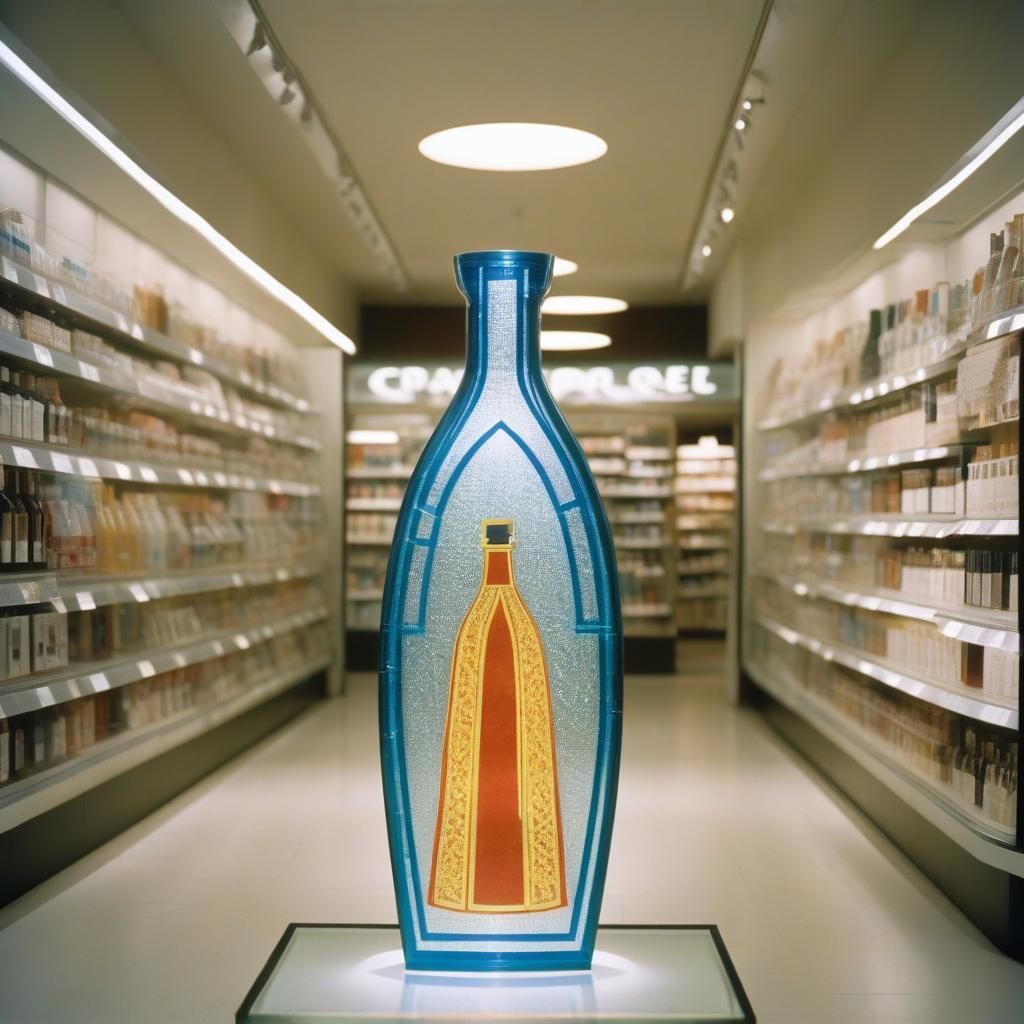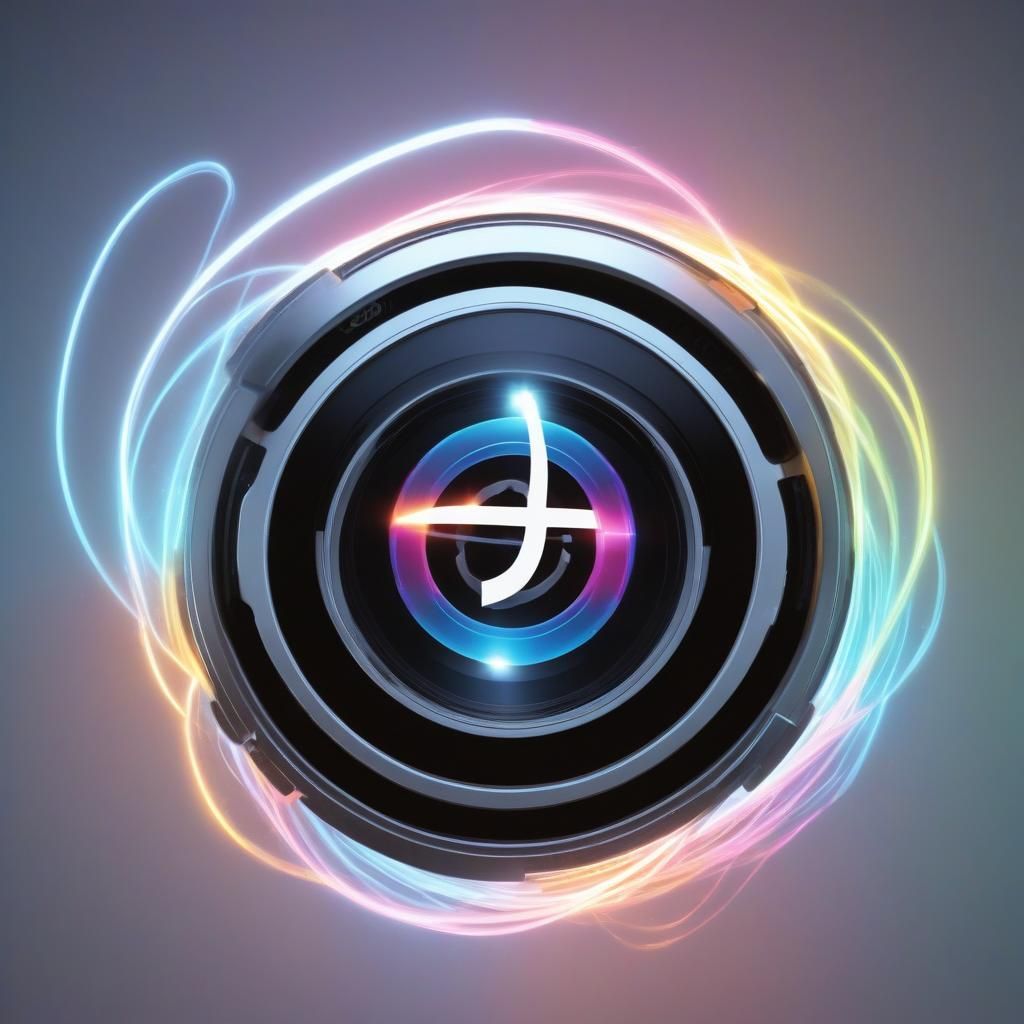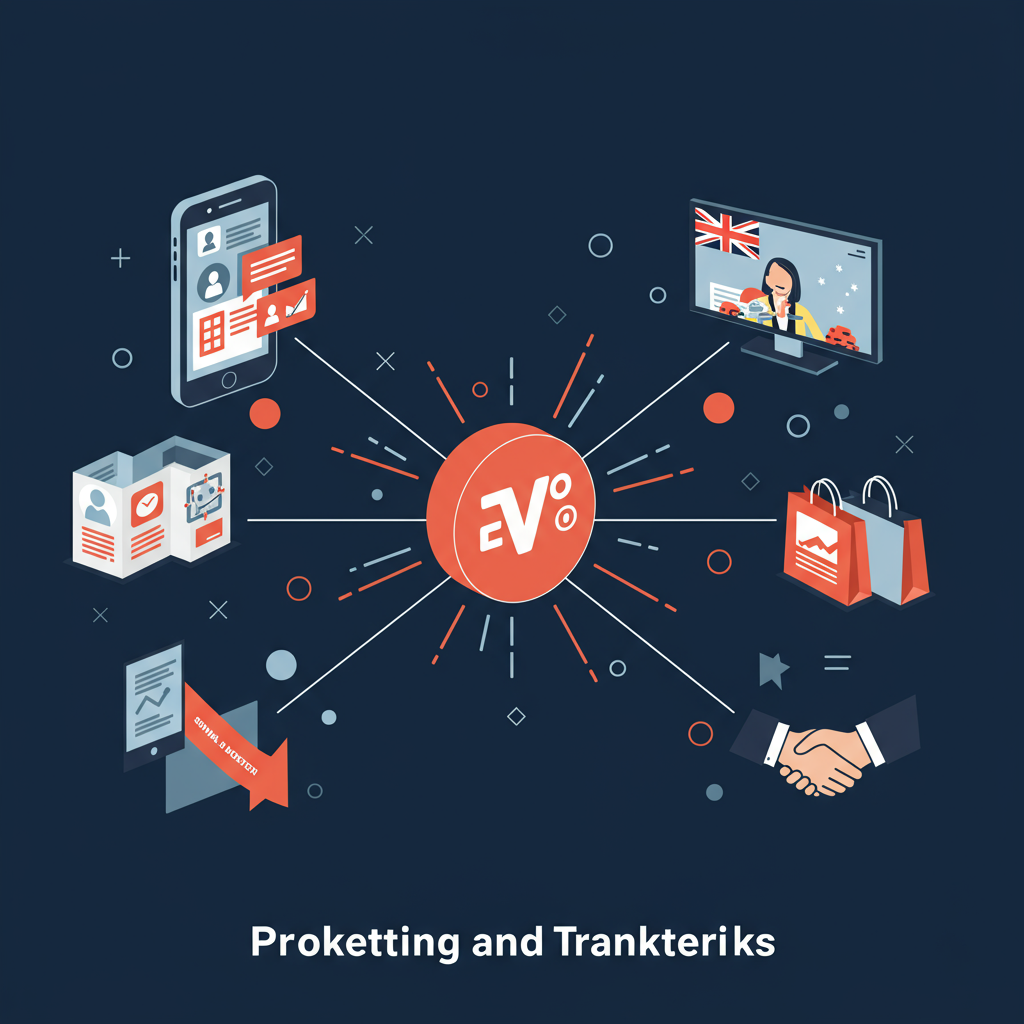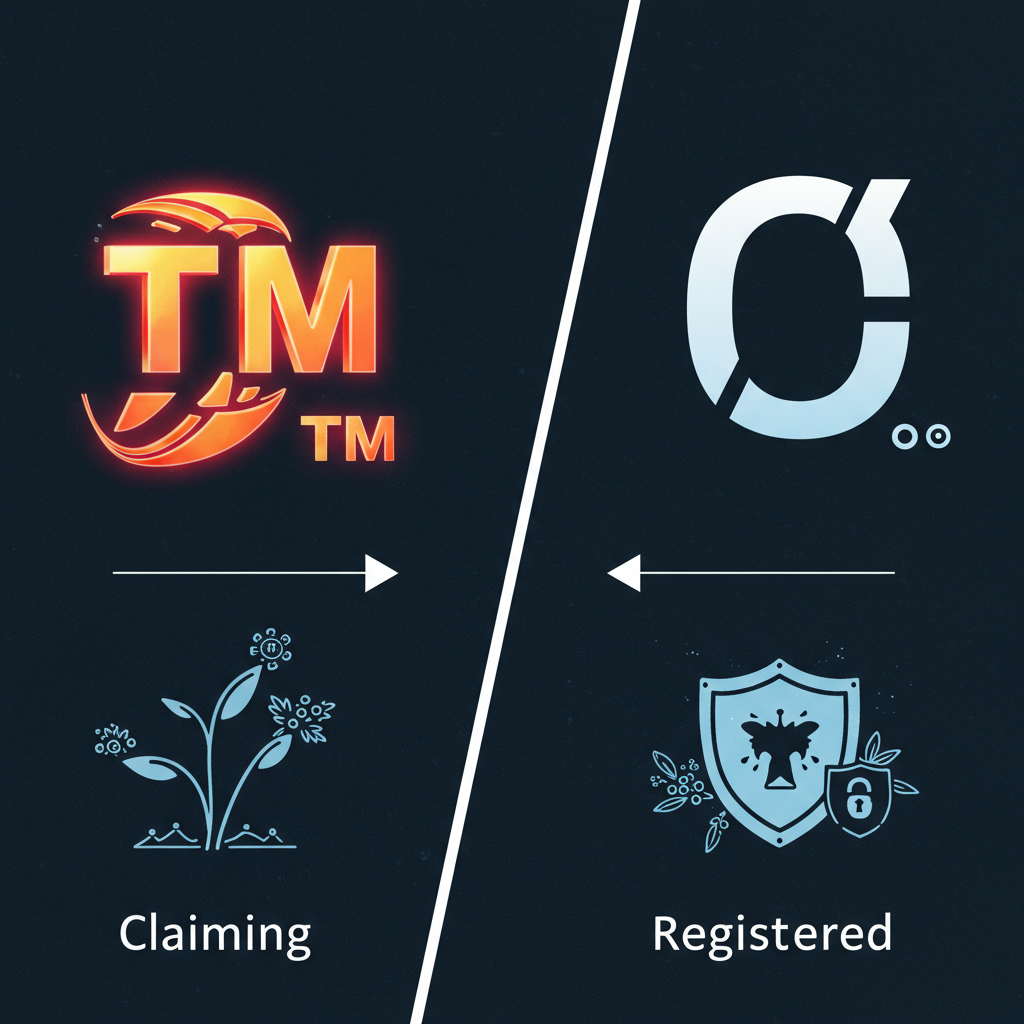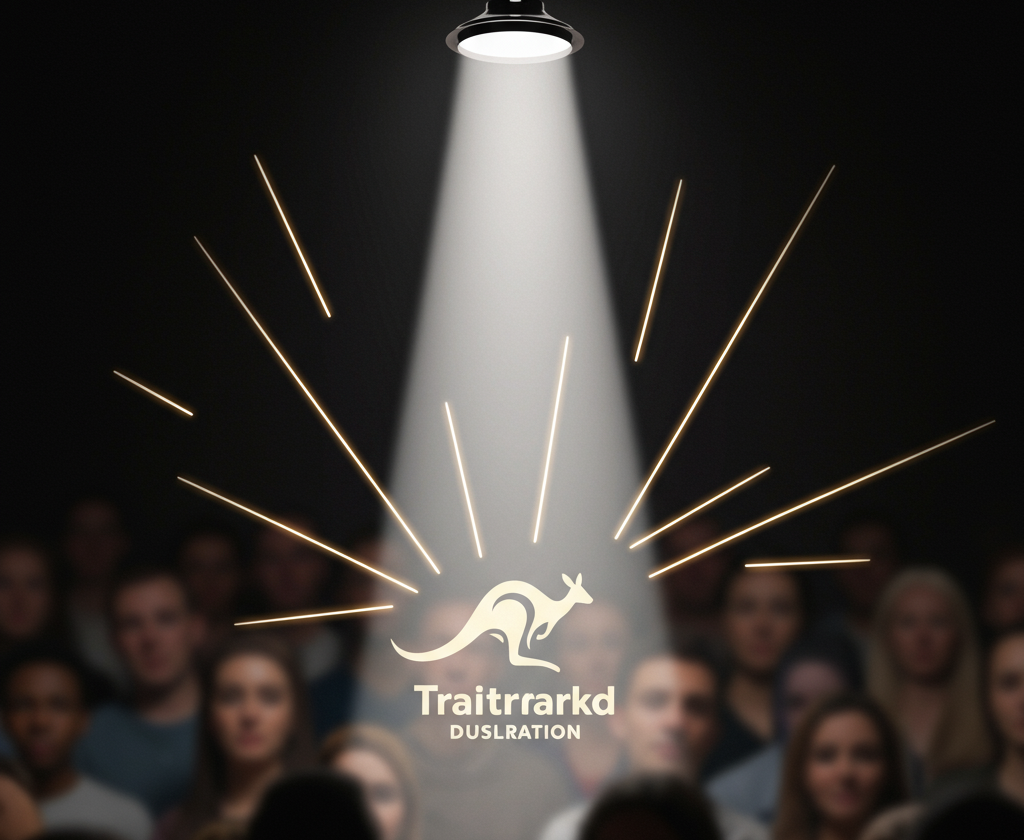The History of Trademarks: Ancient Symbols to Australian Law
The History of Trademarks: From Ancient Symbols to Australian Law
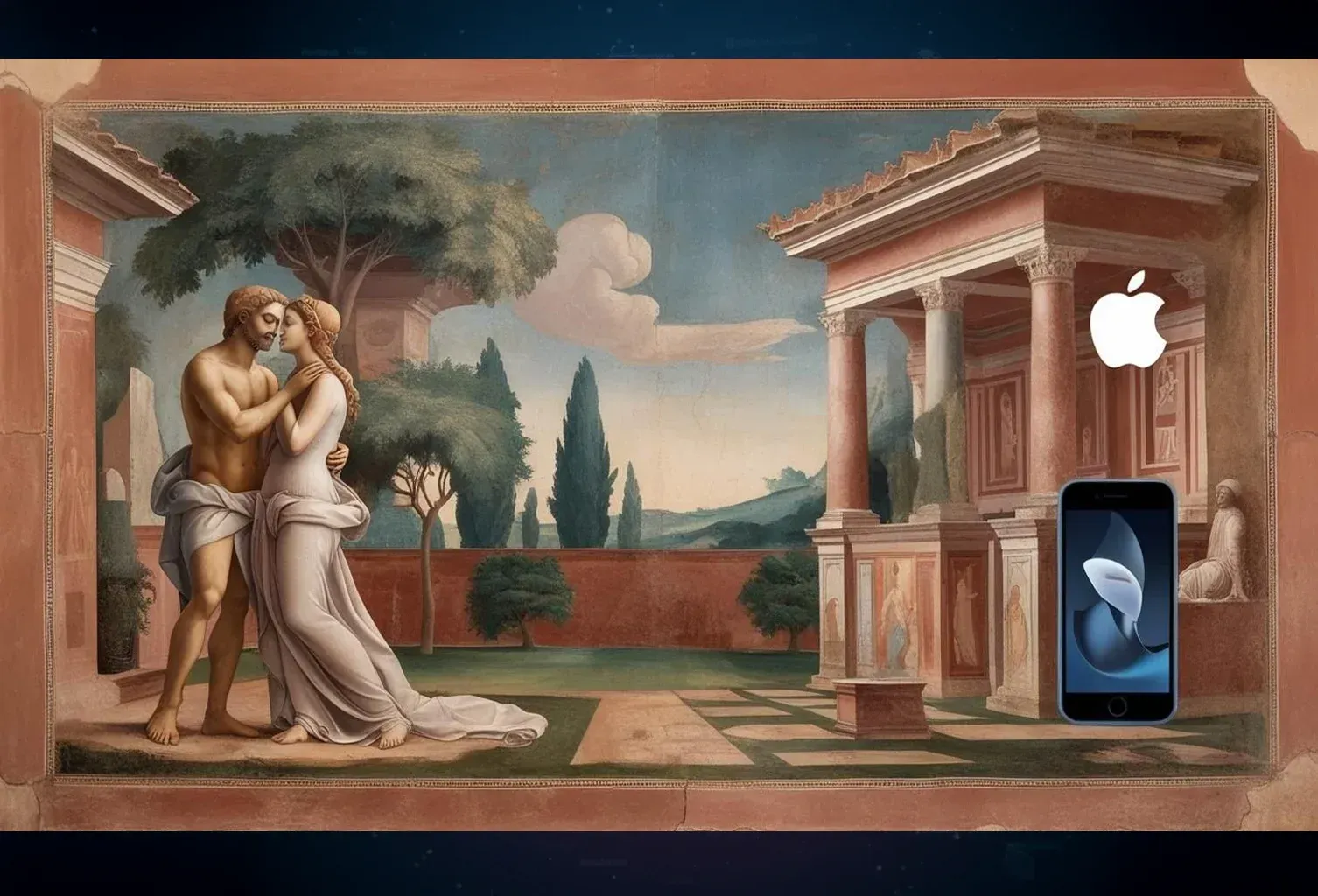
When I first started working as a Trademark Attorney 20 years ago, I was surprised to discover why Trademarks are as old as some of the most ancient 'brands' of all time.
Trademarks aren't just some modern legal invention – symbols have been with us since humans first started making and trading goods and services. From the ancient symbol of the crucifix, to today's battles over hashtags and virtual property, the story of trademarks is essentially the story of the creation of "icons".
Lets turn the pages of history and how this relates to us here in Australia – to help fellow business owners understand where these laws came from and why they matter so much today.
Key Takeaways
- Trademarks date back to ancient civilizations as simple ownership marks
- Medieval guilds transformed these marks into early brand protection systems
- The Industrial Revolution forced the creation of formal trademark laws
- Australia's trademark system evolved from British law but was shaped by international treaties
- Understanding this history helps protect your modern brand, whether physical or digital
What Exactly Is a Trademark?
At its heart, a trademark is just a badge of origin – a way of saying, "This is my badge of identity". Advising clients in how to protect their trademark, the process made me appreciate that a trademark isn't just about the logo itself; it's about what that name represents. In Australia, your trademark might be a company name, a catchy slogan, a distinctive sound, or even a unique smell.
I explained this to a Digital Agency client of mine: "Your logo isn't just art – it's your business identity. And that identity deserves protection." It became abundantly clear: without registration, anyone could claim rights to any of the work that the Digital Agency provides on behalf of their clients.
Why Should You Care About Trademark History?
You might wonder why some of the worlds oldest symbols: the crucifix, the symbols of astrology, or the medieval bread law from 1266 matters to your modern business. Here's the truth I've learned after two decades in business: understanding the evolution of trademark law gives you crucial context for navigating today's complex digital landscape.
When my client Emily lost the rights to her business name because someone else registered it first, I realised how vulnerable we all are without proper trademark protection. Whether you're selling handmade goods on Etsy or launching the next brand for your clients, trademark history shows what happens when protection falls through the cracks. Plus, it's just fascinating to see how the same principles that protected ancient potters still help protect your Instagram handle today.
Early Origins of Trademarks
Ancient Branding Was Surprisingly Sophisticated
I visited the Melbourne Lume exhibit in Southbank last year and was impressed in how they were able to repurpose significant art works from Leonardo Davinci.
Grand Experiences have crafted an incredibly sophisticated IP licensing system out of Leanardo's master works. He was a master of symbolism and used motifs. The Vertuivian man is just one of these used, to describe "The Perfect Man". And lets not forget about the infamous Mona Lisa and her stare.
Ancient Greek blacksmiths and potters used to also personalise their symbols too. Roman brickmakers stamped every brick they produced so buyers knew exactly who made what.
These weren't just decorative touches. They served very practical purposes:
- They recognised and established identity
- They built a reputation and trust
- They created accountability
If your amphora cracked or your olive oil was subpar, people knew exactly who was responsible. I think of it as the ancient equivalent of a one-star Google review – reputation was everything, even back then.
Medieval and Renaissance Trademark Practices
Guilds: The Original Brand Police
The Middle Ages saw the rise of trade guilds throughout Europe – essentially professional associations that controlled everything from baking to blacksmithing. When I was in Europe to visit the World Economic Forum in 2025, I visited the Guildhall and learned how seriously these organisations took their marks. Each guild had its symbol, and members were required to use it – like a verified badge indicating quality. These marks served multiple purposes:
- They helped customers avoid counterfeits
- They resolved disputes when products failed
- They protected the collective reputation
If someone sold shoddy leather under the guild's mark, the entire guild would get involved. It wasn't just about branding – it was about maintaining standards across an entire industry.
Trademark Protection During the Renaissance
During the Renaissance, personal branding became even more sophisticated. Artists began prominently signing their paintings. Goldsmiths etched identifying marks onto their jewellrry. Printers developed distinctive colophons for their books.
The concept of a "mark" evolved from simple identification to something that carried legal weight and represented personal identity plus quality assurance. By this point, these marks were widely recognized as having real legal and commercial value – setting the stage for the first formal trademark laws.
The Birth of Modern Trademark Laws
The First Real Trademark Law: Bakers & Bread
The year 1266 saw what many historians consider the first true trademark legislation: England's Bakers' Marking Law. This law required all bakers to stamp their bread with an identifying mark. At first glance, this might seem like a simple regulation, but it was quite clever. The law's purpose was to prevent bakers from cheating customers on weight or quality – if your bread was too light or contained questionable ingredients, authorities knew exactly who to fine. This direct connection between identity and accountability remains at the heart of trademark law today.
The Industrial Revolution Changed Everything
When I teach business workshops, I always highlight how dramatically the Industrial Revolution informed our Intellectual Property laws. Before mass production, most goods were made locally by known craftspeople. But once factories started churning out thousands of identical-looking products, consumers suddenly needed reliable ways to distinguish between manufacturers. Also the invention of the printing press brought new laws into existence,
The need became urgent: how could you tell genuine products from fakes? How could businesses protect their reputation when competitors could easily copy their appearance?
Britain responded with the Trade Marks Registration Act of 1875, creating the first modern trademark registry. This allowed businesses to formally register their brands and gain legal protection. This legislation laid the groundwork for the system we still use today, becoming crucial for emerging global brands like Coca-Cola, Ford, and Nestlé.
The Global Influence on Australia's Trademark Law
Australia's first Trade Marks Act arrived in 1975, but it didn't emerge from a vacuum. As a former British colony, our early trademark laws were heavily influenced by the British system.
Later, international treaties played an enormous role in shaping Australian trademark law into what we know today. My legal studies professor would always emphasise three key agreements:
- The Paris Convention (1883) – the first truly global agreement on intellectual property
- The Madrid Protocol – which lets you register a trademark in multiple countries with one application
- The TRIPS Agreement (1995) – which set global IP standards under the World Trade Organization
According to the World Intellectual Property Organization (WIPO), these agreements helped standardise how trademarks are defined and protected globally. Australia aligns with these international systems – especially as Australian businesses began expanding overseas. Our current system reflects this global harmonisation while maintaining some uniquely Australian characteristics.
Part 2: Trademarks in the Digital Age and Australian Legal History
How the Digital Age Changed Trademarks
When I started my first online business in 2008, I grew a further appreciation for the art of branding. To grow a symbol of distinction that would serve to distinguish clients brand and reputation in the marketplace. I also recognised how the internet fundamentally transformed trademark law in ways nobody could have predicted.
Suddenly, you weren't just protecting your logo on physical products – you needed to protect your brand across search engines, domain names, and social media profiles.
1. E-commerce Made Branding Truly Global
Before widespread internet access, most businesses operated locally or regionally. Now, a small boutique Surf Shop in Byron Bay can sell to customers in Berlin overnight. This global reach means your trademark needs protection across multiple jurisdictions. That's where international systems like the Madrid Protocol became invaluable – allowing you to file one application to protect your brand in over 100 countries. One of my current clients are expanding their brand to five different continents and seven different countries for a global product launch. This will protect their brand across the world, before they launch their software product.
2. Domain Name Disputes Became a Serious Issue
The early internet saw a gold rush for domain names, with some people buying domains that matched famous brands, hoping to sell them for profit – a practice called cybersquatting.
One of my successful clients mentioned in our Success Stories is a client named Goro Gupta. One of his successful brand has faced challenges when a client discovered someone had purchased a domain name identical to his name and subseqent registered trademark. Fortunately, trademark owners gained protection through the Uniform Domain-Name Dispute-Resolution Policy (UDRP), which resolves these conflicts more efficiently than traditional courts. If someone in Australia registers a domain that violates your trademark rights, you can file a UDRP complaint and potentially recover it without lengthy litigation.
3. Trademarks Extended to Social Media and Hashtags
Can you trademark a hashtag? As I learned while helping a fashion designer protect her brand, the answer is yes – but only if it clearly identifies your specific brand. Today's brands are trademarking not just company names, but catchphrases, usernames, and even distinctive emoji combinations. If someone uses your Instagram handle in a way that might confuse consumers about the source of goods or services, that could constitute trademark infringement. This evolution shows how digital life is increasingly intertwined with trademark law.
Cyber Trademarks and the Metaverse
I have advised a Norweigan Technology Company in Augmented Reality and advised how in the new metaverse trademarks can be protected in virtual spaces. As technology evolves, so do trademark applications. Businesses now need protection for virtual goods, digital logos, and names used in metaverse platforms. For instance, if you sell virtual clothing in an online game and someone copies your logo on their digital merchandise, trademark law can help stop the infringement.
Even NFTs are being trademarked now – something unimaginable just a few years ago. Australia has had to adapt quickly to these changes. IP Australia now accepts trademark applications for digital assets, and our courts are beginning to hear more cases related to virtual property and digital brand protection.
Famous Trademark Cases in Australia
Australia has seen some fascinating trademark battles that have helped shape our current laws. Here are a few that stand out:
UGG Boots v Deckers: An Iconic Australian Battle
The Ugg Boots v Deckers case is a landmark example of how failing to secure international intellectual property rights can lead to the loss of cultural and commercial control over a brand. In Australia, “ugg” was long considered a generic term for sheepskin boots, embedded in surf culture and everyday vernacular. But in the United States and elsewhere, Deckers Outdoor Corporation registered “UGG” as a trademark, transforming a colloquial Australian term into a globally protected brand. When Australian manufacturer Eddie Oygur tried to sell his locally made “ugg boots” overseas, Deckers sued for trademark infringement and won, with a U.S. court affirming Deckers’ ownership and ordering Oygur to pay damages. This case underscores the critical importance of understanding that trademarks are territorial: what’s generic in one country can be protected property in another.
For Australian entrepreneurs, the lesson is clear—if your brand, product, or idea has export potential, you must secure its intellectual property rights globally before someone else does. The case also highlights the tension between cultural heritage and commercial law in the international marketplace. Ugg boots, once a humble symbol of Australian surf culture, became a multimillion-dollar global brand—just not owned by Australians. In the ideas economy, identity itself can be commodified, and without proactive IP strategy, others can capitalise on it first. This case highlights the tension between global brands and local terminology – and shows how trademarks can have different meanings across different markets.
Hells Angels Motorcycle Corporation v Redbubble (2019)
I followed this case closely because (G: Insert your own story or example) it affected some online retailers I work with. Redbubble, the popular print-on-demand marketplace, was selling merchandise featuring Hells Angels logos uploaded by independent designers.
When Hells Angels sued for trademark infringement, the court ruled that Redbubble hadn't done enough to prevent the sale of trademarked content by third parties.
This case sent a clear warning to online platforms in Australia: you can be liable if you allow others to sell infringing products on your site, even if you didn't create the designs yourself.
Burger King vs. Hungry Jack's: A Trademark Tussle Down Under
This dispute has always fascinated me as a perfect example of how trademarks can shape entire business strategies.
When Burger King entered Australia in 1971, it couldn't use its original name because someone else had already registered it. Instead, they launched under "Hungry Jack's" – created specifically for the Australian market.
In the 1990s, after the original trademark lapsed, Burger King tried to reclaim its name. They began opening Burger
King-branded stores and reportedly attempted to undermine Hungry Jack's by blocking new store approvals.
The battle culminated in 2001 when the NSW Supreme Court ruled in favor of Hungry Jack's, finding that Burger King had breached its franchise agreement in bad faith. As a result, Burger King withdrew from direct operations in Australia, and Hungry Jack's retained exclusive franchise rights.
This case became a landmark in Australian franchise law and highlighted the power of local trademarks against global brand strategies.
How Trademark Law in Australia Has Evolved
Trademark protection in Australia continues to adapt to new technologies and business practices. It's been shaped by:
- Emerging technologies like NFTs and AI-generated logos
- International pressure to harmonize with global IP standards
- Local business needs reflected in court rulings
IP Australia has expanded what can be trademarked beyond traditional logos and names. You can now trademark distinctive sounds (like the Tarzan yell), colors (like the Cadbury purple), shapes (like the Coca-Cola bottle), and even 3D objects. Look out the metaverse!
With digital businesses becoming increasingly important to our economy, Australian trademark laws are focusing more on protecting intellectual property across online platforms and international markets.
More Australian brands are filing international trademarks using the Madrid Protocol, making it easier for local businesses to protect their identity as they expand globally.
The Future of Trademarks in Australia
Having attended several industry conferences this past year, I've noticed some clear trends emerging in trademark law. The next decade will likely bring:
- AI-generated trademarks raising questions about ownership and originality
- Expanded protection for digital avatars and virtual property in metaverse platforms
- Faster international dispute resolution using automated systems
- Enhanced social media monitoring and enforcement tools for brands dealing with copycats
- More accessible online application and monitoring tools from IP Australia for small businesses
To stay ahead of these changes, I recommend keeping your trademark registrations current, monitoring your brand presence online, and consulting with a trademark specialist when entering new markets or launching new products.
FAQs About the History of Trademarks
What is the oldest known trademark?
While the oldest continuously used registered trademark is the red triangle of Bass Ale (registered in the UK in 1876), maker's marks have been found on pottery dating back thousands of years to ancient civilizations in Egypt, China, and Rome.These ancient marks weren't "registered" in the modern sense, but they served the same essential purpose: identifying who made the product and assuring its quality.
How did Australia adopt international trademark laws?
Whilst our laws around Trademarks are enshrined from the common law system in the Trademarks Act 1995 Australia formally joined several key international treaties, including the Paris Convention, Madrid Protocol, and TRIPS Agreement. These agreements required Australia to align its domestic laws with globally accepted standards. The process wasn't immediate – it happened gradually through legislative updates and court decisions that interpreted how these international obligations should work within our legal system.
Can you trademark social media usernames in Australia?
Yes, you can trademark social media usernames in Australia, provided they meet certain criteria. Your username must be distinctive and used in commerce to identify your business or brand. I've helped several clients secure trademark protection for their social media handles, which has proven invaluable when dealing with copycat accounts. Registering through IP Australia gives you stronger legal protection than simply having the username registered on the platform itself.
Conclusion: Why Trademark History Still Matters
When I started researching this article, I wondered if delving into medieval bread laws and ancient pottery marks might seem irrelevant to modern business. But the deeper I dug, the more I realized that the fundamental principles of trademark protection haven't changed much over millennia. It is about protecting the symbols of Identity.
From the first baker's mark to digital logos in the metaverse, trademarks continue to serve the same essential functions: identifying sources, ensuring quality, and building trust. They protect our stories and the symbols that protect them.
For those of us running businesses in Australia today, understanding this rich history helps us avoid legal pitfalls and build brands with lasting protection. Whether you're selling physical products, digital services, or both, trademark protection remains as important now as it was when ancient craftspeople first started marking their creations.
Just as those early marks distinguished one potter's amphora from another's, your trademark distinguishes your business in today's crowded marketplace. And that's a tradition worth protecting. Because you're worth it (TM).


